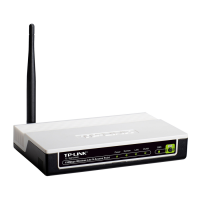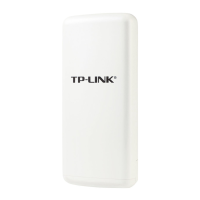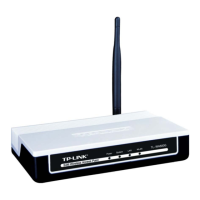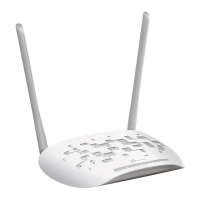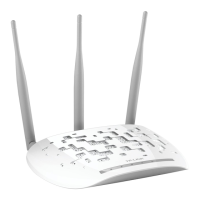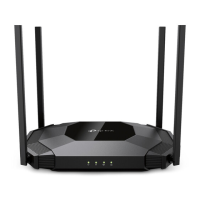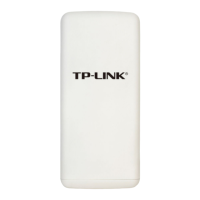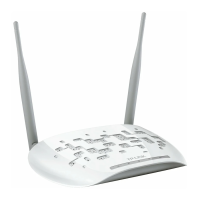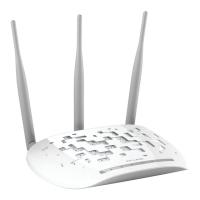TL-WA7510N 5GHz 150Mbps Outdoor Wireless Access Point User Guide
162
Appendix D: Glossary
¾ 802.11n - 802.11n builds upon previous 802.11 standards by adding MIMO (multiple-input
multiple-output). MIMO uses multiple transmitter and receiver antennas to allow for
increased data throughput via spatial multiplexing and increased range by exploiting the
spatial diversity, perhaps through coding schemes like Alamouti coding. The Enhanced
Wireless Consortium (EWC) was formed to help accelerate the IEEE 802.11n
development process and promote a technology specification for interoperability of
next-generation wireless local area networking (WLAN) products.
¾ DDNS (Dynamic Domain Name System) - The capability of assigning a fixed host and domain
name to a dynamic Internet IP Address.
¾ DHCP (Dynamic Host Configuration Protocol) - A protocol that automatically configure the
TCP/IP parameters for the all the PC(s) that are connected to a DHCP server.
¾ DMZ (Demilitarized Zone) - A Demilitarized Zone allows one local host to be exposed to the
Internet for a special-purpose service such as Internet gaming or videoconferencing.
¾ DNS (Domain Name System) - An Internet Service that translates the names of websites into
IP addresses.
¾ Domain Name - A descriptive name for an address or group of addresses on the Internet.
¾ DoS (Denial of Service) - A hacker attack designed to prevent your computer or network from
operating or communicating.
¾ DSL (Digital Subscriber Line) - A technology that allows data to be sent or received over
existing traditional phone lines.
¾ ISP (Internet Service Provider) - A company that provides access to the Internet.
¾ MTU (Maximum Transmission Unit) - The size in bytes of the largest packet that can be
transmitted.
¾ NAT (Network Address Translation) - NAT technology translates IP addresses of a local area
network to a different IP address for the Internet.
¾ PPPoE (Point to Point Protocol over Ethernet) - PPPoE is a protocol for connecting remote
hosts to the Internet over an always-on connection by simulating a dial-up connection.
¾ SSID - A Service Set Identification is a thirty-two character (maximum) alphanumeric key
identifying a wireless local area network. For the wireless devices in a network to
communicate with each other, all devices must be configured with the same SSID. This is
typically the configuration parameter for a wireless PC card. It corresponds to the ESSID in the
wireless Access Point and to the wireless network name.
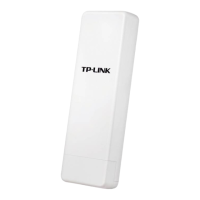
